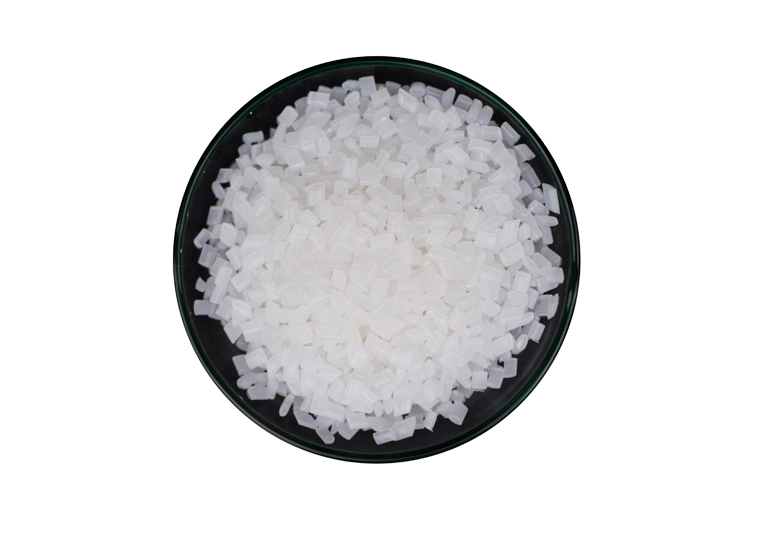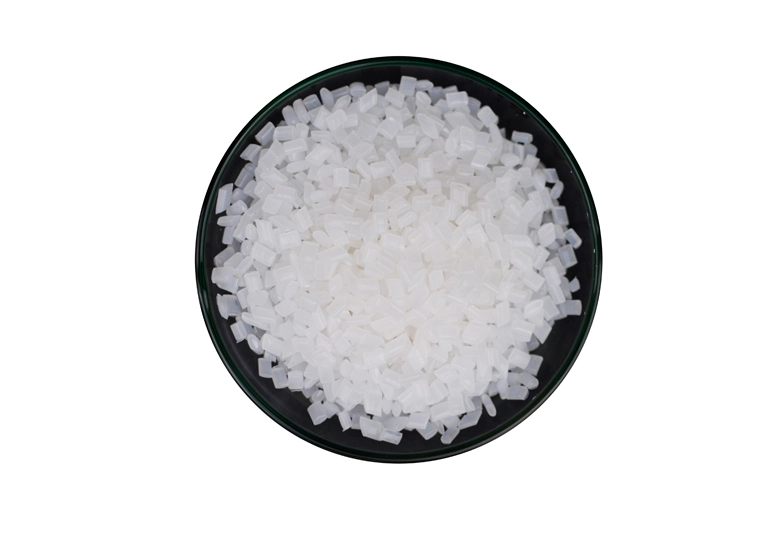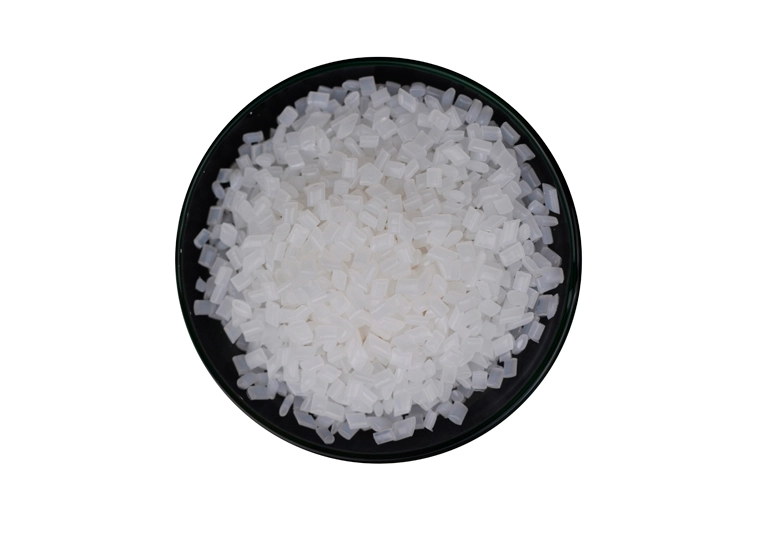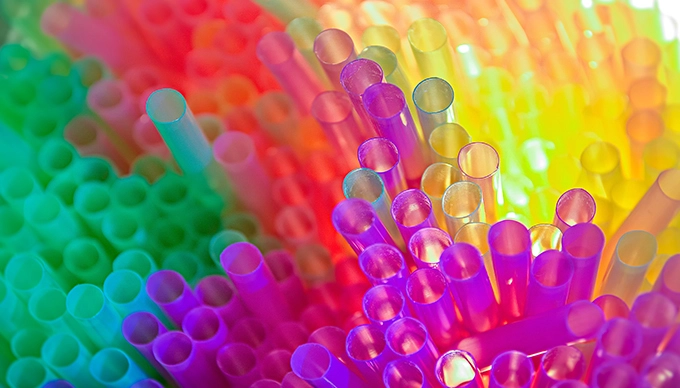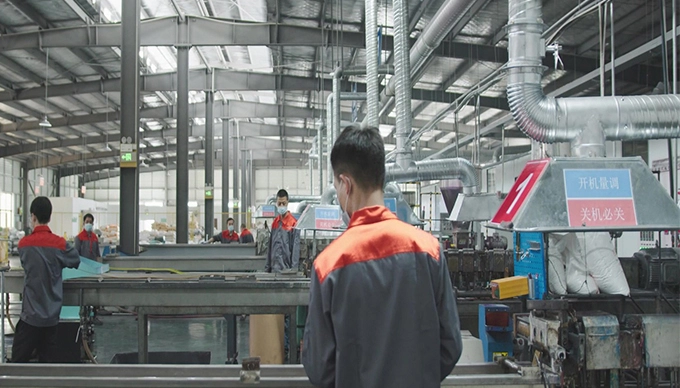Masterbatch is an indispensable color matching material in injection molding processing. It is used in most thermal resin injection molding, pelletizing, plate pressing, film blowing, wire, pipe and other processes.

If you choose the masterbatch well, there will be no worries in production. The quality of the masterbatch affects the color matching. The indicators for measuring the quality of the masterbatch include the following eleven factors:
Appearance
Color uniformity: The masterbatch should have a uniform color distribution without color difference or spots, that is, it should present a uniform and consistent color visually.
Particle shape: The shape of the masterbatch should be regular and uniform, and there should be no abnormal shapes or bad conditions, such as uneven particles, agglomeration, etc.
Surface smoothness: The surface of the masterbatch should be flat and smooth, without obvious surface defects such as unevenness, burrs or roughness.
Clarity: The color of the masterbatch should be clear and clear, and there should be no vague or unclear color boundaries.
Impurities: There should be no obvious impurities, foreign matter, etc. in the masterbatch. If there are other colors or impurities mixed into the particles, they should meet the specified quality requirements.
Intact packaging: The packaging of the masterbatch should be intact, without damage or leakage, and the packaging materials should comply with relevant specifications.
Pigment concentration
Visual color comparison: judge the intensity of the color of the masterbatch through visual comparison. Standard color cards are generally used to compare with samples to determine the concentration of the color. Visual color comparison is a simple and intuitive method, but it is highly subjective and different visual judgments may differ.
Colorimeter measurement: A colorimeter is an instrument used to measure the color of an object. By measuring parameters such as wavelength, intensity and reflectivity of light, the concentration of the color of the masterbatch is determined. Colorimeter provides relatively objective color concentration data and can quantitatively express the concentration of color.
Spectral analysis: Spectral analysis is to obtain spectral data of color by measuring the absorption, reflection or transmission of light by an object. By analyzing the spectral data, the concentration of the color of the masterbatch can be determined and a numerical result can be obtained.
Color difference measurement: Color difference index is a numerical index used to measure the difference between the sample and the standard color. By measuring the difference between the sample color and the standard color, the concentration information of the masterbatch color can be obtained indirectly.
Hue data
Lab value: Lab is a color space based on human visual perception, used to describe the brightness, green-red contrast and blue-yellow contrast of color. In Lab space, the color of the masterbatch is represented by the L value (lightness), a value (red and green components) and b value (yellow and blue components). Lab value can measure the deviation and consistency of color by comparing the difference between the standard color and the color to be measured.
CIE chromaticity coordinates: CIE is the abbreviation of the International Commission on Illumination (Commission Internationale de l'Eclairage). The CIE chromaticity diagram is a spectrum that reflects all colors in the visible light range. The hue data of the masterbatch color can be expressed using coordinates on the CIE chromaticity diagram, such as xy coordinates or uv coordinates. CIE chromaticity coordinates can accurately locate the position of a color on the chromaticity diagram, which is of great significance for color matching and contrast.
Tinting strength: The coloring effect of the masterbatch meets the requirements and can have good performance and stability in practical applications.
Blackness: Ensure that the blackness quality of the masterbatch meets the requirements and has good black coloring effect and stability in practical applications. It is necessary to select the appropriate blackness index according to the specific application requirements, and conduct corresponding testing and evaluation.
(Other colors have corresponding names, such as whiteness, yellowness, etc.)
Melt index
Melt flow rate (MFR): Melt flow rate refers to the weight of the melt flowing out of the masterbatch through a standard aperture mold per unit time at a specific temperature and pressure. The MFR value is usually expressed in g/10 minutes or g/10 minutes. The larger the value, the better the melt fluidity and the higher the processing performance.
Melt flow rate (MVR): The melt flow rate is the volume per unit time of the masterbatch flowing out of the set container in the molten state. The MVR value is usually expressed in cm³/10 minutes or cm³/10min. Similarly, the larger the value, the better the melt fluidity and the higher the processing performance.
Dispersion
Particle size distribution: The particle size distribution can reflect the uniformity of the masterbatch. The smaller particle size and narrow particle size distribution range indicate good dispersion of the masterbatch.
Dispersion: Dispersion refers to the degree of dispersion of the masterbatch in the base material. Better dispersion means that the color masterbatch can be evenly dispersed in the substrate to avoid agglomeration or accumulation.
Dispersion time: Dispersion time refers to the time required to add the color masterbatch to the base material and achieve uniform dispersion. Short dispersion times mean that the masterbatch is quickly and evenly dispersed in the substrate.
Dispersion effect: The dispersion effect refers to whether the color of the masterbatch can evenly penetrate the entire substrate to avoid spots, color difference or unevenness.
Compatibility
Compatibility of the masterbatch and the base material: The masterbatch pigment should have good compatibility with the base material, that is, it can be fully mixed with the base material, so that the color can be evenly dispersed in the base material to avoid agglomeration, peeling or separation. and other phenomena.
Changes in the properties of the base material: High-quality masterbatch should have less impact on changes in the properties of the base material, such as solubility resistance, cracking resistance, aging resistance, physical properties, etc. The presence of masterbatch should not significantly impair the performance and quality of the substrate.
Thermal stability: The masterbatch should have good thermal stability at the processing temperature and be difficult to decompose, volatilize or cause color changes to ensure the stability and durability of the coloring effect.
Dynamic compatibility: The compatibility of masterbatch should take into account the dynamic conditions in the actual production process, such as mixing, extrusion, injection molding and other processes, so that stable dispersion and coloring effects can be maintained during these processes. .
Heat resistance
Melting point: The melting point of the masterbatch refers to the temperature at which the masterbatch begins to melt when heated. A higher melting point means that the color masterbatch can remain stable at higher temperatures and is less likely to decompose or lose color.
Thermal weight loss: Thermal weight loss refers to the mass percentage lost by the masterbatch system during the heating process. By measuring the thermal weight loss of masterbatch within a certain temperature range, its heat resistance can be evaluated.
Thermal oxidation resistance: The color masterbatch should be able to resist oxidation reactions at high temperatures and should not be prone to oxidative decomposition or fading. This can be evaluated by evaluating the stability of the masterbatch color and oxidation indicators, such as delayed fading time, color difference changes, etc.
Thermal stability: Thermal stability refers to the color masterbatch’s ability to maintain the stability of its color and performance within a certain temperature range. By testing the stability of masterbatch during thermal processing, such as melt fluidity, color stability and other indicators, its heat resistance can be evaluated.
High temperature processing performance: The processing performance of masterbatch at high temperature is also an important indicator of heat resistance. This includes its dispersion, fluidity, stability and uniformity during high-temperature processing such as extrusion, injection molding, and molding.
Migration resistance
Migration rate: Migration rate refers to the percentage of masterbatch pigments migrating from color sources (such as plastics, inks, etc.) to contact objects, liquids or foods. Measuring and evaluating migration rates through laboratory testing or simulating actual use conditions to determine the migration of color masterbatch.
Release test: By simulating actual use conditions, such as soaking, coating, etc., use standard testing methods to evaluate whether the masterbatch pigments will release substances harmful to human health or migrate into contact objects or food.
Light fastness
The levels are divided into levels 1-8. The higher the level, the better the effect.
Light stability: Masterbatch pigments should have good light stability, that is, they should be able to resist color change, fading or degradation caused by sunlight or ultraviolet rays. Assessment of light stability can be carried out through laboratory testing and actual exposure trials to measure and evaluate the stability of color masterbatch pigments under specific lighting conditions.
Color retention: The color retention ability of masterbatch pigments refers to the ability of the masterbatch to maintain color stability and brightness after long-term exposure to sunlight or ultraviolet rays. By comparing the color difference changes of the color masterbatch under different lighting conditions, its color retention ability can be evaluated.
Anti-ultraviolet ability: Anti-ultraviolet ability refers to the resistance of the masterbatch pigment to ultraviolet radiation. Good UV resistance can reduce color changes and surface aging caused by UV rays.
Weather resistance: The weather resistance of masterbatch pigments refers to their durability and stability under outdoor exposure or special environmental conditions. This includes assessment of resistance to solar aging, oxidation, temperature changes, etc.
Weather resistance
The levels are divided into levels 1-5. The higher the level, the better the effect.
Anti-sunlight aging: Anti-sunlight aging refers to the ability of the masterbatch pigments to resist the aging phenomenon caused by ultraviolet radiation. It is typically evaluated by exposure to UV radiation in artificial accelerated aging equipment and measures the physical properties and color stability of the sample before and after aging.
Antioxidation: Antioxidation refers to the resistance of the masterbatch pigment to oxidation. Good antioxidant properties can reduce color changes and fading caused by oxidation.
Resistance to temperature changes: The temperature resistance of masterbatch pigments refers to the ability to maintain color stability and performance under temperature changes or extreme temperature conditions.
Humidity change resistance: The humidity change resistance of the masterbatch pigment refers to its stability in a humid environment. Good resistance to humidity changes can reduce problems such as discoloration, deformation or decomposition caused by humidity.
Chemical resistance: the stability and resistance of masterbatch pigments to common chemicals (such as acids, alkalis, solvents, etc.). The color masterbatch should have certain chemical resistance and not be easily corroded by chemical substances or cause adverse reactions.
Environmental protection
Plastic products face the requirements of different regions, different fields, and different regulations, such as content test reports of restricted substances, environmental standards Rohs, EN71-3, FDA, PAhs, etc.
 English
English

